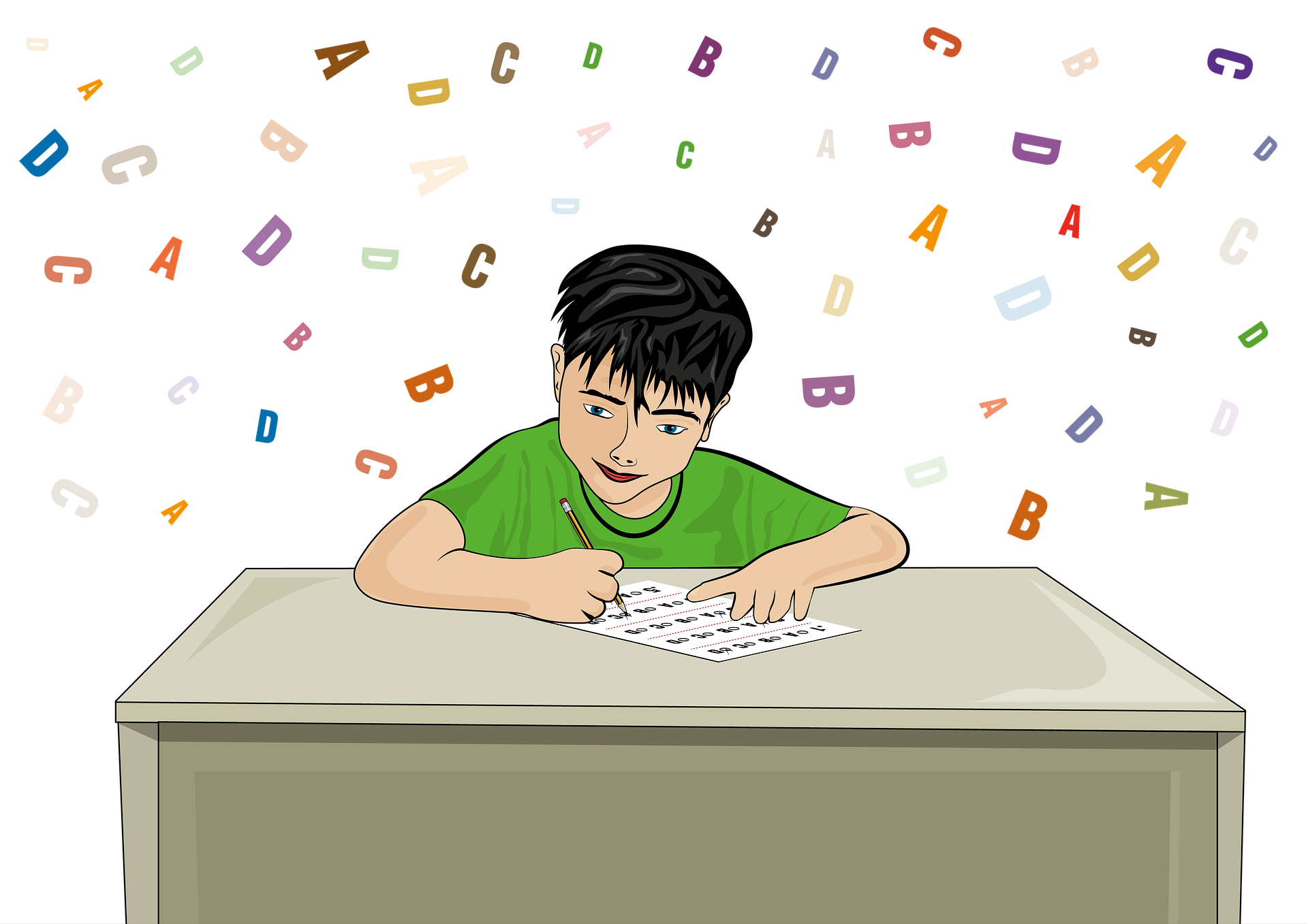
How does the government actually “work?”
In conversations about economics or politics, it is only a matter of time before this issue comes up. I’m not referring to the typical complaints about incompetence or corruption, but to the government’s basic role, nature, and function—especially in relation to other institutional powers. As it turns out, this is often the level on which we discover some of the most disturbing differences of perception.
It goes without saying that advocates of liberty and freedom have a radically different perspective on the government than is found in mainstream consensus. Such advocates bend over backwards trying to communicate their views—sometimes so concisely that it risks being missed altogether. We say things like,
… And so on. For some people, this works. But for many others, it doesn’t; it’s too concise. At some point, pictures and images are going to teach better than just another string of words.
You’re probably thinking, “Enter the meme world!” Yes, there is no question that memes and visual quotes can be tremendously helpful; this is because they focus on only one or two concepts. But that is also the problem: there aren’t many visual representations that attempt to pull together a range of concepts into a larger, coherent whole. This is especially true with regard to the question of “how the government works.”
This is needlessly unfortunate. So to address the issue, I’ve developed (with the help of others) two sophisticated—yet not overwhelming—diagrams that are aimed at communicating more precisely “how the government works.” That is, they identify the power and monetary relations between the state, the citizenry, and other influential groups. The first visual model summarizes the popular perception, while the second is an attempt to more accurately reflect how things really are.
Like any model, this is but a snapshot in time. It is also very limited, excluding many elements that might be relevant to the overall depiction. There is also plenty of room for disagreement on portrayal, content and syntax. But again, the goal is to be generally accurate, and for whatever flaws that may exist, models like these serve as effective tools in communicating concepts of both power and liberty.
Articles posted on LCI represent a broad range of views from authors who identify as both Christian and libertarian. Of course, not everyone will agree with every article, and not every article represents an official position from LCI. Please direct any inquiries regarding the specifics of the article to the author.
Did you read this in a non-English version? We would be grateful for your feedback on our auto-translation software.
), //libertarianchristians.com/wp-content/plugins/smartquizbuilder/includes/images/template6-latest.jpeg))

), https://libertarianchristians.com/wp-content/plugins/smartquizbuilder/includes/images/template6-latest.jpeg))








































), https://libertarianchristians.com/wp-content/plugins/smartquizbuilder/includes/images/template6-latest.jpeg))
), https://libertarianchristians.com/wp-content/plugins/smartquizbuilder/includes/images/template6-latest.jpeg))
), https://libertarianchristians.com/wp-content/plugins/smartquizbuilder/includes/images/template6-latest.jpeg))





*by signing up, you also agree to get weekly updates to our newsletter
Sign up and receive updates any day we publish a new article or podcast episode!